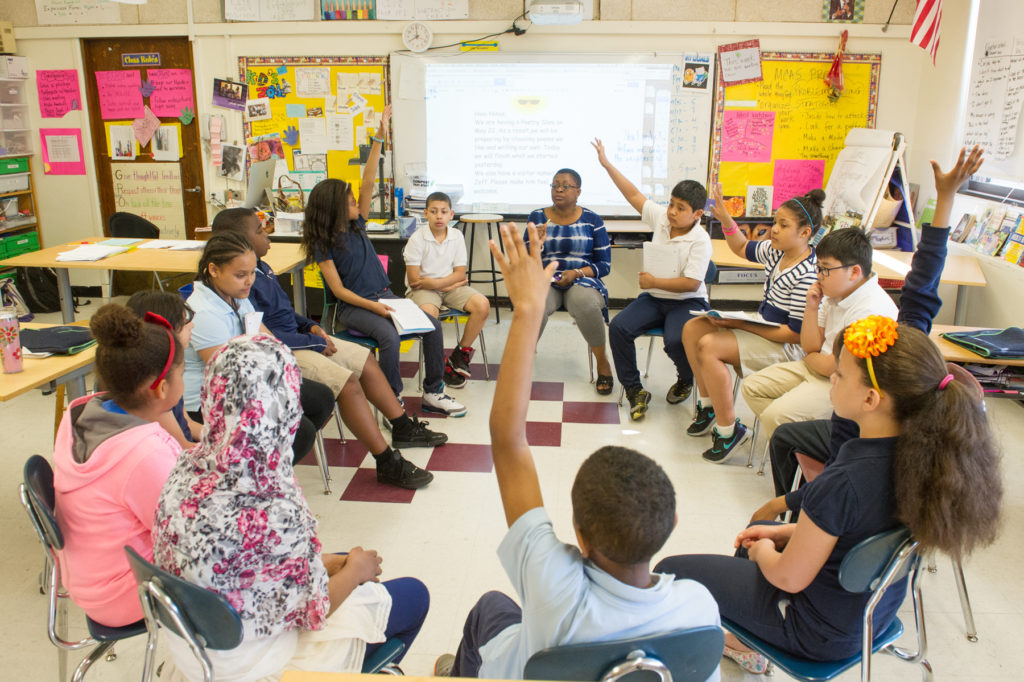
As the year draws to an end, we find ourselves reflecting on the past 12 months. New Year’s Eve in 2019 also marks the end of the decade! Reflection can be a powerful tool for both teachers and students, not just at the end of the calendar year, but all year long, to help build and sustain a positive classroom community.
Having a shared repertoire of daily and weekly routines, traditions, and activities helps to nurture a sense of belonging in our students. Engaging in the components of Morning Meeting or Responsive Advisory Meeting can strengthen our relationships with our students and the connections among the students themselves. Explicitly teaching students the social, emotional, and academic skills needed for meaningful, supportive interactions provides an atmosphere of safety that is needed for developing trust. When these lessons and activities stand alone, they will foster the development of a positive community. However, reflecting together on these experiences intensifies the sense of positive community by deepening the bonds created among community members.
Reflection is a process of reviewing and interpreting experiences to find new understanding. It only takes a few minutes after community-building activities such as greetings, energizers, and acknowledgments to invite students to share their perspectives. Use a reflection question that is based on your observations during the activity. Students can reflect with a partner or aloud to the whole group. Some examples of reflection questions to ask are:
Reflecting as a class on behavior, both positive and negative, can also lead to a stronger sense of positive community. When things go well and the class is successful together, try asking reflection questions such as:
When an activity doesn’t go well, try asking reflection questions such as:
Finally, don’t forget about academic reflections. Reflecting together for a few minutes after a lesson can also strengthen community bonds. Invite students to share about their experiences, successes, and challenges working with the content. This will lead to a greater appreciation of the various feelings and perspectives of everyone in the class who is working to learn the content.
When we reflect together as a community, we strengthen our individual abilities to listen and understand others. It’s important to note that group reflections on activities or events do not have to lead to consensus, where everyone views the experience as good or fun. Reflecting together on shared experiences helps us all to recognize that someone’s positive experience may turn out to be a negative experience for someone else. When students share what they liked or disliked, enjoyed or found frustrating, they find pathways to connect with each other. This is an important building block for developing empathy, an essential component of a strong, positive community.
Make a plan now for using more reflection in the new year. Consider your first Morning Meeting or Responsive Advisory Meeting of 2020. What might you reflect on with your students after that experience? Write a reflection question into the lesson plan for an academic activity that first day back. What might you have students focus on that could add to a sense of positive community? Finally, what reflection question might you use to end your first day or class back with your students? Set yourself up for success now!
Written by Kristen Vincent, Responsive Classroom Consulting Teacher